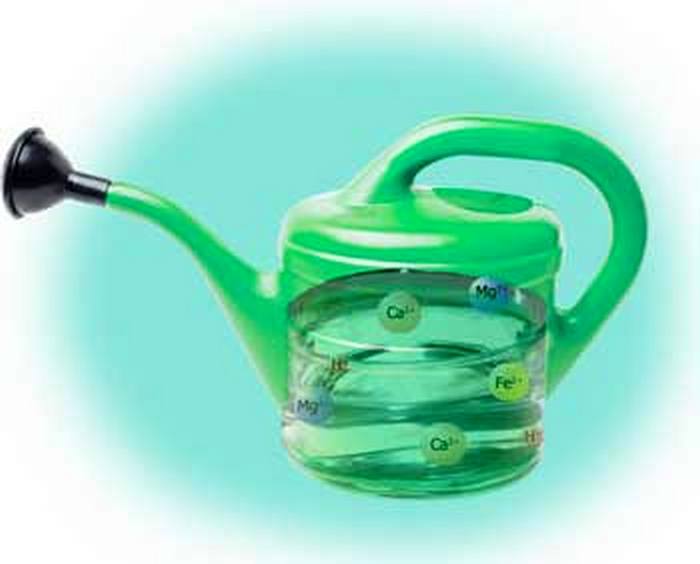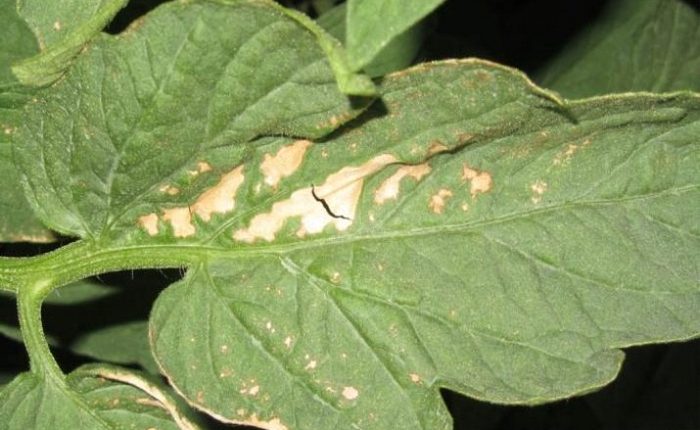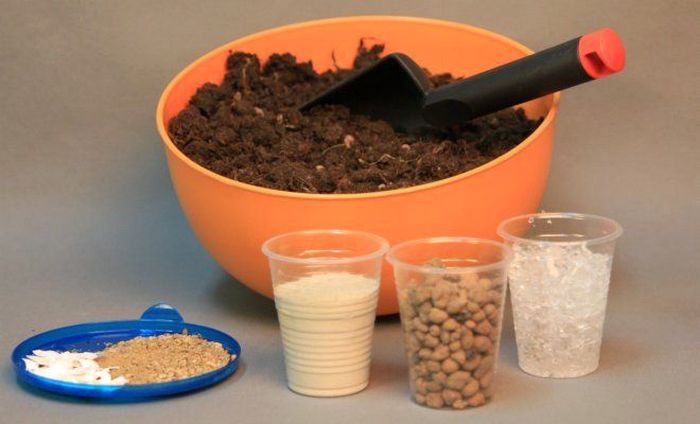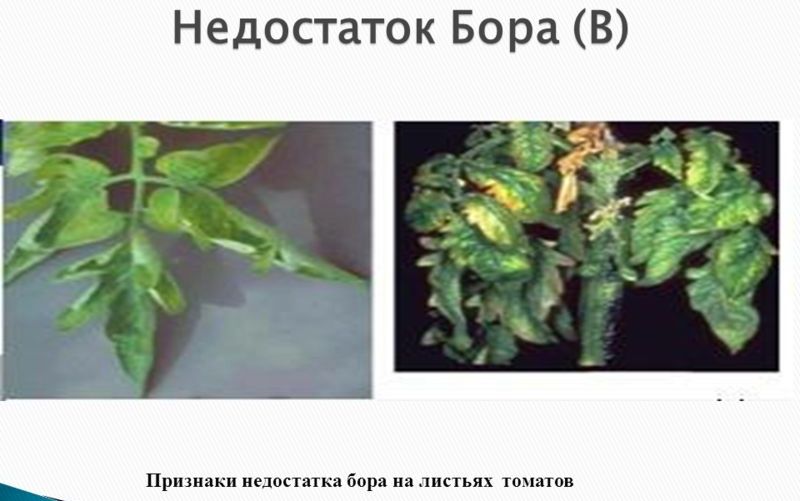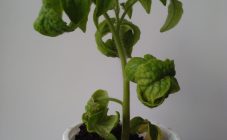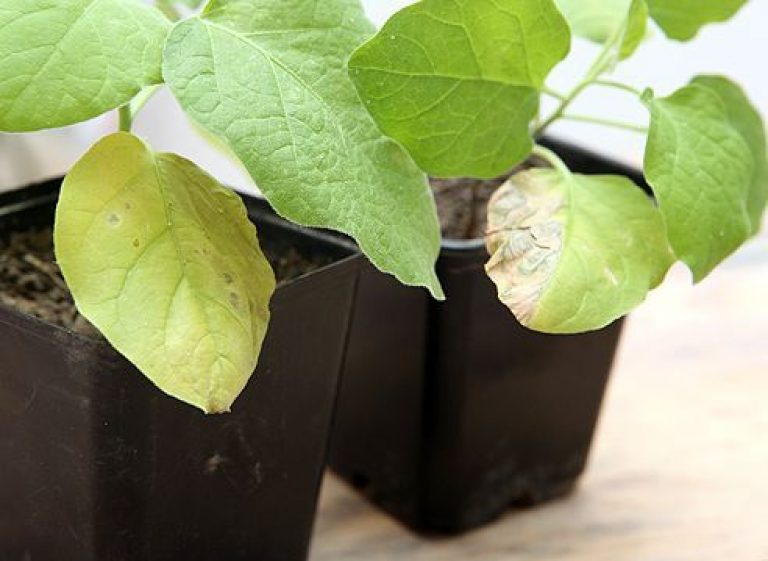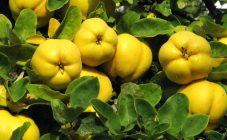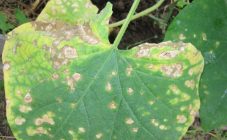Content:
Strong, healthy seedlings of tomatoes are the most important condition for a generous harvest. And mistakes in care during its cultivation can affect the formation of the ovary and fruits in the future. Therefore, if the tomato seedlings turn yellow and dry, you should figure out what to do and how to fix the problem.
Common problems
Tomatoes are not a whimsical crop and at the stage of seedling preparation they do not cause much trouble. Their seeds are characterized by increased germination, and in the future, the plants fully develop and tolerate the pick without any problems.
But sometimes, due to inexperience, as a result of mistakes in the care of tomato seedlings, the tips of the leaves dry or fall off completely. It is by the state of the green mass that one can judge the development of plants, since their depressed state indicates the problems that have arisen. Why is this happening and what led to negative consequences:
- lack of moisture in the soil;
- low air humidity;
- lack of trace elements;
- defeat by fungal diseases or pests;
- acidification of the soil;
- waterlogging of the soil;
- transplant to a permanent place;
- sunburn.
Lack of moisture
Tomatoes prefer to grow in humid environments, so regular watering is essential. The dried-up root system is not able to fully nourish the plant, the foliage begins to wither, dries up, and subsequently completely falls off.
Low air humidity also negatively affects the development of seedlings. Dry air is a side effect of heating appliances. And since the seedlings are originally grown on windowsills, the plants suffer from the supply of warm air from the batteries. In addition, a characteristic crust forms on the soil, which prevents air from reaching the roots, which disrupts metabolic processes in the tissues of the seedlings.
Waterlogging
Often, the yellowness of the leaves is associated with excessive watering against the background of a lack of light. When growing seedlings in a home or greenhouse, watering should be carried out after the soil has dried. Otherwise, waterlogging leads to the fact that the leaves initially begin to turn yellow, and then dry out completely.
Soil acidification
Yellowing along the edge of the leaf blades evenly throughout the plant is a sign of salinity or acidification of the soil. The first signal will be the appearance of a light coating on the soil surface.
This leads to the fact that plants cannot absorb food and moisture from the soil and therefore the root system takes all the vital forces from the aboveground part. Subsequently, the seedlings deplete themselves and completely die. The reason is the increased hardness of water for irrigation, possibly chlorine and heavy impurities are present in its composition.Another reason is applying too much fertilizer.
Lack of trace elements
In the absence of basic nutrients, the seedlings are sick, which is manifested by a light shade of leaf plates, yellowing and falling of the lower row of foliage, as well as other unpleasant symptoms.
But before feeding, you should figure out which component the plants need. Only in this case it is possible to stop the negative process and strengthen the seedlings.
- Nitrogen deficiency. It manifests itself in a light shade, small size and subsequently complete foliage fall.
- Lack of potassium. The tips of the leaves dry out in tomato seedlings.
- Lack of zinc. The leaf plates become narrow, wrinkled. In the future, in the absence of adequate measures, they partially dry out and fall off.
- Boron deficiency. It is characterized by necrosis of the top of the plant, and veins turn yellow on new leaves.
- Iron deficiency. The absence of this component is manifested by discoloration of leaves and stems, that is, they initially turn yellow and then completely turn white. Seedlings begin to noticeably lag behind in growth, and the edges of the leaf plates die off.
Sunburn
Tomatoes need good lighting throughout the growing period, but young seedlings can suffer from direct sunlight. This is expressed by light spots or drying of the leaves.
Outdoor transplant
Often, when transplanting plants to a permanent place in open ground, the lower leaves turn yellow and dry out. This happens if the seedlings have not been prepared and, under the influence of the external environment, they are sick.
Diseases and pests
Leaves and stems of tomato seedlings can dry out due to damage fungal diseases and pests.
- Blackleg. This disease is most dangerous at the initial stage of seedling development. In this case, the main stem turns black at the base. The provoking factor in the development of the disease is excessive watering against a background of short daylight hours, thickening of plantings, planting seeds in dubious soil.
- Septoria. The disease manifests itself as black dots and gray spots on the lower leaves of seedlings. This ultimately leads to their complete drying. The main cause of damage is the use of untreated soil.
- Late blight. The disease is characterized by dark spots on the leaves, which subsequently increase in size and move to the main stem. Infected seeds, untreated planting containers and soil can be the cause of its spread.
- Brown spotting. The disease manifests itself as spots on the leaves of a brown hue. The cause of the lesion is high air humidity and regular waterlogging of the soil.
The leaves of tomato seedlings dry out: what to do
It is necessary to act based on the identified problem.
When pouring soil
You can save the seedlings by transplanting the seedlings into a fresh substrate. In this case, the roots of each plant should be examined and made sure that they are white and have a healthy appearance. If they have a yellow or black tint, the seedlings cannot be saved, in which case even the transplanted plants will die.
The transplant soil should be prepared light and nutritious. It is also necessary to pre-wate it with a strong solution of potassium permanganate, which will prevent the development of pathogens. In the future, water only as needed, after the earth dries out.
When dry
It is necessary to water the seedlings abundantly and allow them to fully soak. But the next watering should be done after the top layer has dried. Between irrigations, it is necessary to loosen the surface of the earth, which will improve its air permeability.
It is possible to increase the air humidity and prevent the seedlings from drying out from the effects of heating devices by placing additional containers with water near the seedling boxes, which will increase the area of moisture evaporation.
When soil acidifies
When yellow and white spots appear on the surface of the soil, its recovery should be carried out. In this case, it is recommended to remove the top layer and replace it with a new one. Seedlings should be watered with rain or melt water, which will help to avoid re-salting of the soil. It is also necessary to limit feeding for at least 2 weeks.
If it is not possible to collect water after rain, it is necessary to use settled within 12 hours.
Lack of nutrients
You can compensate for the nutritional deficiency with the help of feeding, which must contain the missing component.
Organic fertilizers can be used to saturate the seedlings with nitrogen:
- rotted manure - 1 liter of product per 10 liters of water;
- chicken droppings - 1 liter per 20 liters of water.
In the absence of iron, it is recommended to water the seedlings with iron chelate at the rate of 5 g per 5 liters of water. You can eliminate the lack of potassium using a folk remedy based on wood ash. To do this, you need to prepare a special hood, pour 50 g of ash with 1 liter of boiling water, and after cooling down, add another 5 liters of water. Water the plants with the prepared solution.
Boron deficiency can be eliminated by spraying the foliage with boric acid. For this one should
You can make up for the lack of zinc with the help of foliar feeding. To do this, dissolve 5 g of zinc sulfate in 1 bucket of water. If necessary, repeat the procedure after 10 days.
Fungal diseases
What to do if the leaves of tomato seedlings are drying as a result of the development of diseases, every gardener should know, since in this case the account goes already for hours. And the sooner drastic measures are taken, the more chances are to preserve the seedlings.
With the progression of the black leg, it is necessary to water the seedlings with Maxim or Previkur, which will help stop the further development of the disease. And subsequently, plant healthy plants separately in a new soil.
Septorosis, brown spot and late blight can be treated by spraying seedlings with fungicides: Quadris, Ridomil Gold, Revus or Champion.
To grow healthy tomato seedlings, you need to try, since any ignorance of the rules entails negative consequences. It is necessary to study the preferences of the culture in advance and adhere to moderation in everything.

